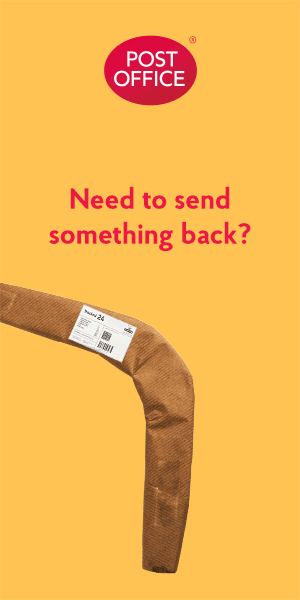If you’re dealing with hazardous waste in your business, no matter the type, then it’s important that you implement an effective waste management plan to tackle any problems that could occur and can cause unpleasant damage to your company. It’s recommended that all companies avoid this, especially when the waste can be harmful to the environment as well as its employees.
It’s often assumed that hazardous waste comes in gas form, which is far from the truth. Hazardous waste can be displayed in many forms, ranging from liquids, gases, solids and sludges, and this can often lead to groundwater and surface contamination. The British government have given strict guidance on how businesses should be handling this issue. Together, with Reconomy – providers of 8 Yard Skip – this guide will ensure that you’re managing these types wastes appropriately.
Categorising your waste
If you’re producing or carrying hazardous waste as a business, the government expects that you have a ‘duty of care, which means that you are required to handle and identify your waste responsibly. If you’re dealing with more general waste in large volume, you might find that cheap skip bins sydney would be of use to you in your efforts to clear it all from the premises.
When identifying your waste, you need to base them on the following two conditions: Is it harmful to the environment? or, is its harmful to the environment? There are many examples of hazardous waste, but the most common include the following:
- Batteries
- Solvents
- Chemicals
- Asbestos
- Oils
- Equipment that contains ozone depleting substances such as fridges
- Pesticides
If you identify any of the above, then it should be stored separately to the other waste that you produce within your organization.
How to store your waste safely
Before you store your hazardous waste correctly, it’s expressed that you do everything possible to reduce the waste that you produce; for example, companies who deal with sludge may choose to use equipment like a sludge decanter in order to seperate solids and liquids to make it easier to manage. Although not exclusive to these types, waste, and hazardous waste can be categorised within four main sub-categories:
- Agriculture
- Construction
- Demolition
- Industry
Once you’ve minimized the amount of waste that you produce, you should aim to store hazardous waste in a secure place, and all containers should stop waste from escaping, as a rule. When storing waste that is hazardous, it should be labeled accordingly, so that everyone on-site can identify it as such. In terms of contamination, waterproof covers should be used so that hazardous substances do not run off onto the floor or any other areas. It may also be beneficial to use some dumpster dispatch Software to ensure that the waste is being disposed of properly.
All types of hazardous waste need to be stored separately, and if it’s in a liquid form, then a bund or barrier should be used in order to stop any spills or leakages. When these materials are being stored onsite, employees should regularly check storage areas for damaged containers, or any other potential risks that may harm employees or the surrounding environment.
Lastly, be sure to maintain a classified inventory of your hazardous waste that is on your premises, and where it is being stored. This means if any incident does occur, the emergency services can deal with it effectively and safely.
Consignment Note
Once all the hazardous waste within your business has been accounted for and is ready to be collected, you will need to complete a consignment note. Make sure to do this before the waste is taken away.
This note is required for all hazardous waste in the following scenarios:
- Collections from businesses that are registered waste carriers.
- When another business has produced waste, movements from customer premises.
- Movements from one premises to another within the same organisation.
However, in the following scenarios, this note is not needed:
- The movement of domestic hazardous waste – other than asbestos.
- Waste has been imported and exported under international waste shipment controls that require a different movement note.
Detailing your hazardous waste
When it comes to filling in your consignment form correctly, so the approved hazardous waste collectors can take your waste away, you will need to provide details about the waste you want to dispose
Description of waste
You should provide a full description of each type of waste or hazardous waste that you want taken away.
Quantity of waste
You will need to provide the total weight in Kilo’s of your hazardous waste, and for any liquids, they should be converted into the appropriate volumes – ensuring that they are reliable measurements.
Chemical components
You will need to identify the chemical and biological composition of your waste materials that you’re disposing of, which include hazardous and non-hazardous items.
Physicality of your waste
You need to detail the form of the waste that you’re disposing of: gas, liquid, solid, powder, sludge, or mixed.
Once you’ve completed the consignment form, this will need to be paid for. In England and Wales, the charge is 10 for a single collection. If this collection is a milk round (multiple collections), then this is reduced to 5 per note. Depending on applicability, the fee is set at 15 in Northern Ireland and Scotland.


